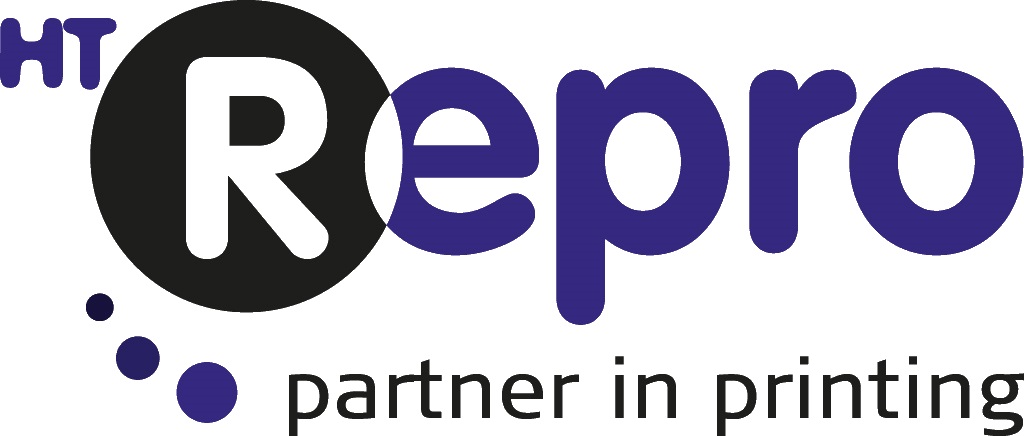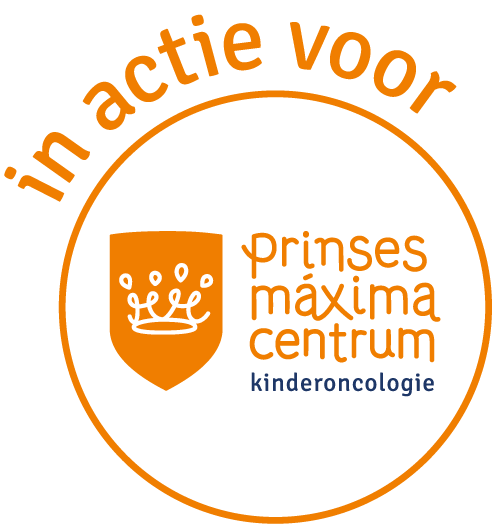What is a Diffuse Midline Glioma (DMG)?
Brain tumor
A glioma is a cancer that develops in the cells of the supporting tissue of the brain (glial cells). These support cells normally have a protective and supportive role, but sometimes disaster strikes. One of these cells takes on a life of its own, divides and forms a tumor (a growth). When this tumor spreads through the brain in such a way that there is no longer a clear separation between tumor tissue and (healthy) brain tissue, we speak of a 'diffuse' glioma. Therefore, surgery is not an option, and treatment is dependent on other means. Unfortunately, a curative therapy has not yet been found. A diffuse glioma located in the so-called midline of the central nervous system in the brain is a Diffuse Midline Glioma, or “DMG” for short.
Worst diagnosis
A DMG is one of the worst diagnoses a family can be confronted with. Currently, the chance of curing the disease is virtually non-existent, and most children die within 9-15 months of diagnosis. In many other childhood cancers, survival rates have improved greatly in recent decades. For example, the chance of survival in childhood leukemia has increased to about 90% thanks to many large-scale international studies. However, for certain brain tumors, the increase in survival rate lags significantly behind, with DMGs constituting the all-time low.
Almost no clinical research as of yet
In recent years, doctors have slowly learned more about DMGs. They discovered, for example, what the DNA of the tumor looks like (why the tumor grows), and why a DMG is so difficult to treat. Unfortunately, these insights have not yet led to better treatments. Innovative clinical studies (trials) are needed to take really big steps. A number of innovative trials have recently been started in the United States. They did not yet lead to any curative treatments, but did yield first results that give rise to cautious optimism. Unfortunately, these trials are virtually inaccessible to children from the Netherlands (and the rest of Europe) because of the great distance and high costs (which are not covered by insurance). It is important, for multiple reasons, that these studies be carried out in the Netherlands (and therefore in Europe). First and foremost, so that Dutch children get access to such trials, but moreover because the effectiveness of certain treatments can then be studied in more patients and in this way more scientific knowledge can be gathered to develop the best therapy.
A glimmer of hope
The Princess Máxima Center has recently – as the first hospital in the EU – joined a prestigious international consortium in the field of research into childhood brain cancer; the Pediatric Neuro-Oncology Consortium ((PNOC)This consortium has been able to implement many studies for children with brain tumors, including DMGs, in a relatively short amount of time. As a member of PNOC, the Princess Máxima Center now has the opportunity to conduct similar trials for children in the Netherlands. However, a lot of money is needed for this. It is the mission of Stichting Veer(le)kracht to raise this necessary funding by organizing various activities. The goal is to offer all other children who have or will get a DMG a chance for survival, entirely in line with Veerle's wishes!



